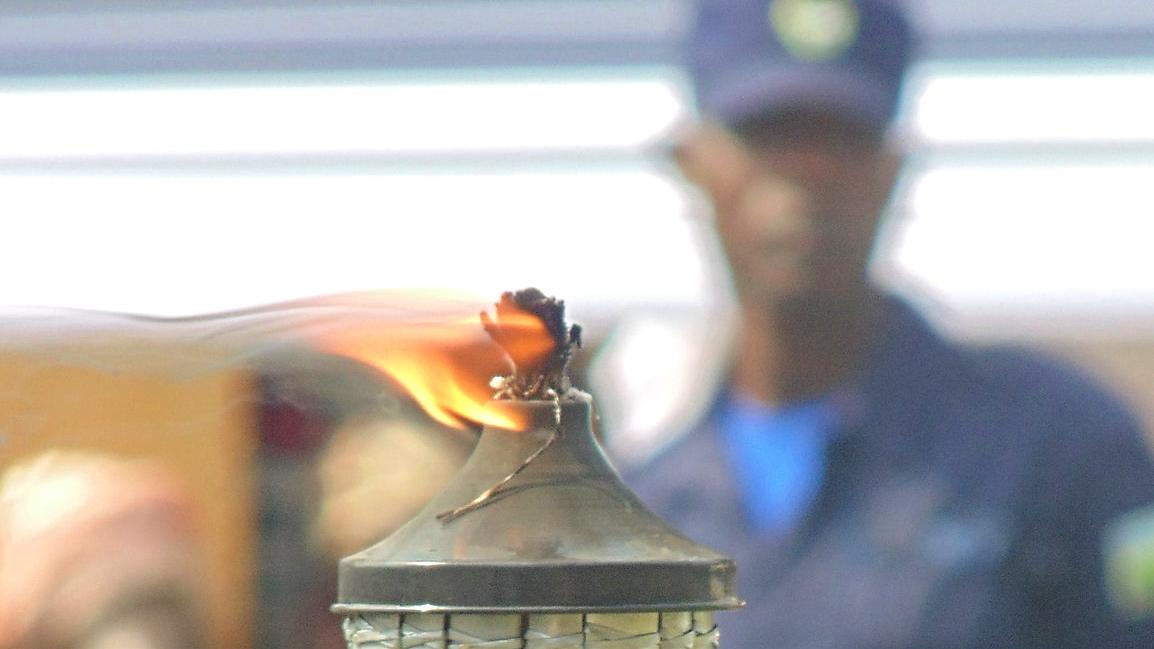As part of a series of six comics on public authority in different countries across Africa, Kenyan cartoonist and comic artist Victor Ndula has illustrated CPAID’s cutting-edge research on issues of public authority, vigilantism, policing and public justice in Uganda. Based on real events, the comic asks: what happens when a town tries to fight crime using vigilantes?
View the comic here and learn more about the research from the Centre for Public Authority and International Development.
Vigilantism is frequently described as a ‘boundary’ phenomenon that sits uncomfortably between that which is legal and illegal, legitimate and illegitimate, and state and non-state. It is this unstable and changing nature of vigilantism that has made it, for many, a helpful window through which to view the nature of the state and, in particular, its control over the use of violence.
A new cartoon, drawn by Victor Ndula and produced by Cartoon Movement, focuses on vigilantes and their interactions with society and the state, to reveal how ordinary people in northern Uganda experience security in their daily lives.
The cartoon depicts a common narrative that emerged from my research in northern Uganda: a village experiences high crime rates, the police are unable or unwilling to increase their presence in the village, and they recommend that the village recruit vigilantes from among their number. The vigilantes go on to deter crime on the one hand, but in different ways contribute to it on the other – extorting bribes (or what some call ‘taxes’), pursuing personal vendettas and beating ‘wrongdoers’. Sometimes, following such incidents, vigilantes are themselves arrested. This ebb and flow of vigilante groups means that many communities experience ongoing low-level insecurity.
Many scholars have identified similar patterns in diverse contexts, ranging from Kenya to Nigeria and South Africa, and beyond. These dynamics, while complex and changing, also offer an important insight into the nature of public authority, highlighting that much of the battle for authority is less over control of resources and violence per se, but rather over who can define jurisdictional authority over a given ‘public’.
In the cartoon this is briefly illustrated when the vigilantes are tasked with providing security ‘in the village’, in effect making this their jurisdictional remit – and encouraged to use violence to keep order. However, they are then arrested and the police deny the vigilantes’ jurisdictional claim. Thus, the contest over defining ‘public’ – and who has rightful jurisdictional control over it – is a key element shaping the quality of public authority.





